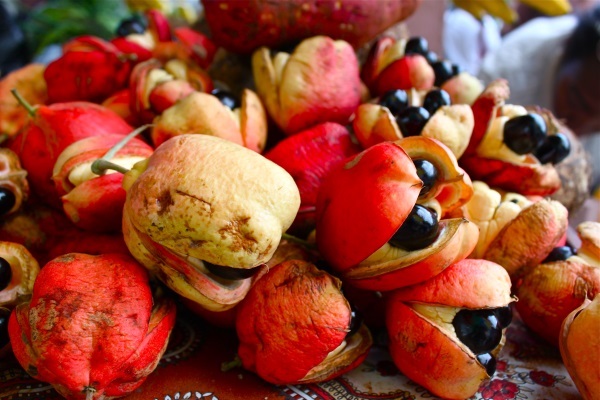
Jamaica is the third largest island in the Greater Antilles and the fourth largest in the Caribbean. Agriculture is one of its major sectors.
The sector currently contributes 7% to the GDP and employs 17% of the workforce, with 27% being female and 73% male. The island produces sugar, molasses, rum, bagasse, bananas, coffee, cocoa, citrus fruit, ground provisions, canned fruit, essential oils, marmalade, coconuts, Jamaican ackee, pimento, ginger, tobacco, beans, tomatoes, rice, poultry, pork, beef, goat meat and dairy products.
Regarding livestock, the country boasts substantial holdings. However meat and dairy products such as powdered milk, butter and cheese are not enough to meet local requirements for a growing population.
Jamaica supplies half of its fish requirements. It continues to employ a vast majority of workers in the agriculture sector, with over 14,000 registered fishermen in 2002. Exports include conch, and lobster.
Profile
Jamaica is the third largest island in the Greater Antilles and the fourth largest in the Caribbean. Agriculture is one of its major sectors.
The sector currently contributes 7% to the GDP and employs 17% of the workforce, with 27% being female and 73% male. The island produces sugar, molasses, rum, bagasse, bananas, coffee, cocoa, citrus fruit, ground provisions, canned fruit, essential oils, marmalade, coconuts, Jamaican ackee, pimento, ginger, tobacco, beans, tomatoes, rice, poultry, pork, beef, goat meat and dairy products.
Regarding livestock, the country boasts substantial holdings. However meat and dairy products such as powdered milk, butter and cheese are not enough to meet local requirements for a growing population.
Jamaica supplies half of its fish requirements. It continues to employ a vast majority of workers in the agriculture sector, with over 14,000 registered fishermen in 2002. Exports include conch, and lobster.

Investment opportunities
- Jamaica has greater resilience and potential for food security than most other Caribbean Small Island Developing States (SIDS) as local substitutes for imported staples are widely produced and farmers have implemented successful coping and adaptation mechanisms at the farm-level through damage-reducing strategies
- Jamaica’s climate and landscape make it suitable for a wide array of products that can be developed and marketed for new markets
- Further development of the local fish sector could decrease the dependency on other markets, and also increase production for export purposes
- Creating niche markets for branded products such as Jamaican Blue Mountain Coffee is essential for the island’s export trade to develop
Main Activities
The following information on agricultural performance by crops has been extracted from the Agricultural Framework & Strategic Policy 2012 – 2018 and is referenced in the PROPEL Market Study – Jamaica:
Bananas: Available records show the volume of local production in 2009 stood at approximately 70,000 tonnes and increased to just over 72,000 tonnes by 2011. Initiatives are being undertaken by the government to increase banana exports to markets in the UK, Canada, Trinidad and Tobago and the wider Caribbean.
Sweet Potato: According to production statistics from the Ministry of Agriculture, the volume of sweet potato produced in Jamaica was estimated at 42,165 and 44, 224 tonnes in 2012 and 2013 respectively.. A new variety of sweet potato has been identified and is said to have tremendous potential in the UK market; this new variety will complement the current one which is already doing well in the markets of the UK and Canada.
Ginger: The quality and flavor of this product is recognized as probably the best in the world; the cost of production must however be reduced for it to be internationally competitive.
Turmeric: Government is promoting production through technical and financial support. Price incentives to farmers should be reviewed in the context of efficient operation, to increase producer support.
Pimento: The demand for this product is high internationally due to its quality and flavor. However, production levels must be significantly increased for it to realize its true potential.
Lemongrass: Production needs to be significantly increased in a controlled environment to ensure the best quality. The cost factors associated with this product are relatively low.

